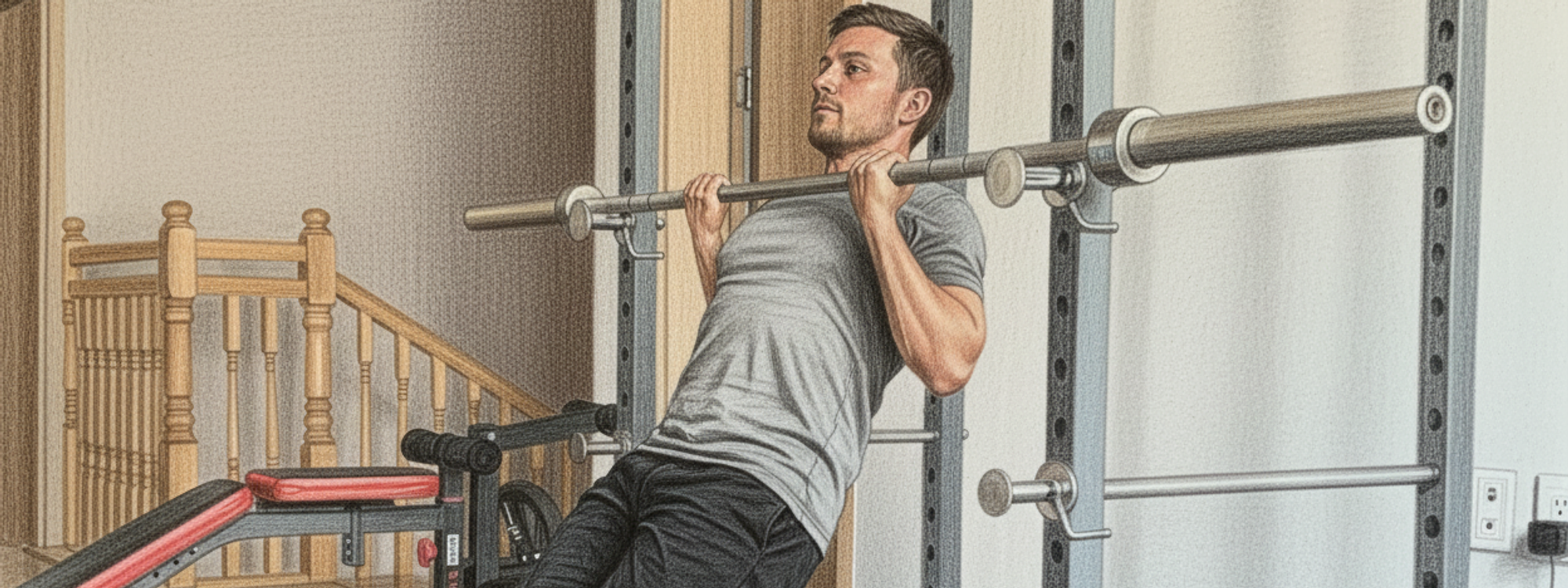
Barbell chin-ups are a popular strength training exercise that targets multiple muscle groups in the upper body. This exercise is also sometimes referred to as the vertical rower due to the similar movement pattern.
Barbell chin-ups are classified as multi-joint or accessory exercises. This means they involve movement at more than one joint and target multiple muscle groups simultaneously. This makes them an excellent choice for improving overall strength and muscle coordination.
Performing barbell chin-ups correctly is crucial to maximizing muscle engagement and preventing injury. Here's a step-by-step guide on how to perform this exercise:
Start by standing upright, maintaining the back in a strong position and the knees slightly bent. The feet should be positioned at shoulder-width or slightly wider.
Hold the barbell with both hands in pronation (palms facing down), with the hands positioned slightly wider than shoulder-width.
Lift the barbell vertically towards the chin, stopping just before it touches. This movement should be performed without the aid of the lower limbs to ensure the upper body muscles are fully engaged.
During the ascent, the humerus (upper arm bone) should align with the longitudinal plane of the body, so that the elbows and chest align when viewed from the side.
The lift ends when the shoulder blades can no longer elevate. As the barbell is lifted, the grip and position of the wrists will naturally adjust to allow the movement.
Barbell chin-ups engage multiple muscle groups, which are activated in different stages of the exercise:
Stabilizing muscles play a vital role in maintaining the correct form and preventing injury during barbell chin-ups. These muscles provide stability to the shoulder, scapula, elbow, grip, torso, hip, knee, ankle, and foot. Engaging these muscles helps maintain balance and control during the exercise, ensuring that the movement is smooth and efficient.